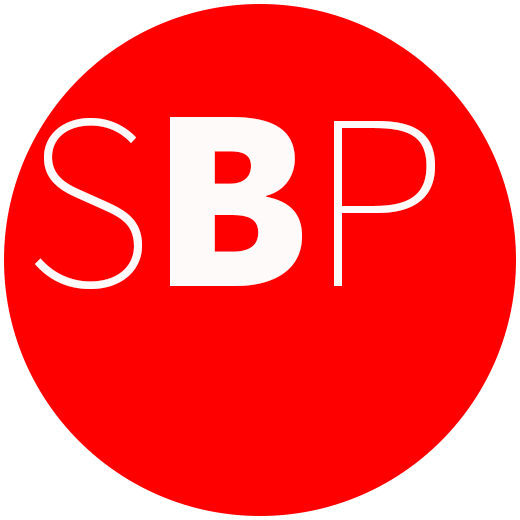Sacred Space
Carlsten Art Gallery
University of Wisconsin-Stevens Point
Stevens Point, Wisconsin
By Caren Heft, Gallery Director, 2003
Jeffrey Morin’s work spans several media. He is best known for his letterpress bookworks, but additionally is passionately interested in figurative monoprints, drawings and paintings.
The bookworks, in major collections internationally, focus on letterpress as medium and as illustration by means of typographic prints, combined with reduction lino prints, and collage and painting.
His most recent book, Sacred Space, is a letterpress book housed in a box that also contains the parts for a chapel, to be put together by the viewer. The chapel incorporates elements of a previous book as the stained glass windows feature the sacred alphabet. The alphabet was developed by his collaborator for the project, Steven Ferlauto, and was used as the subject of the book, The Sacred Abecedarium. The text for Sacred Space is, in part, by William C. Bunce, former director of the Kohler Art Library, University of Wisconsin-Madison. This book departs from the conventional perception of what constitutes a book by the incorporation of the �glass� chapel kit. It looks back to do-it-yourself books, to erector sets, to a time past, before television, when people used their hands to make stuff for pleasure. Perhaps Morin made models from kits as a boy. The book engages the viewer directly, actively. Books, per se, are passive objects. The viewer reads or looks at the illustrations. This book requires that the viewer be an active participant as to fully understand the book, one must build the chapel, locate all the parts, and understand the printed book as part of the whole.
In this departure from the traditional book object, Morin has also incorporated more traditional book elements. The book has a text, printed letterpress, an outdated, laborious process in which individual letters are set by hand, as Gutenberg did. He uses reduction lino prints to great advantage here as well as typographic illustrations�overprinting letterforms to make a whole that is more than the individual letters.
The combination of these techniques results in a dense, rich bookwork allowing the viewer to participate in the work directly, with hands, as well as intellectually. The viewer is challenged to do more than passively look at the object, although looking and deciphering is important.
Morin’s figurative monoprints have a power greater than their size. The stark black ink on white paper, the way he frequently works, makes a bold statement aside from the often-tortured positions of the model. The position of the figures often seems to be part of some private ritual or suffering. They have an uncomfortable edge, forcing the viewer to consider perhaps the suffering implicit in much of early 21st century life.
The drawings, of models, have the same feeling of suffering, awkwardness. The page is filled with a single leg or the torso, the head cropped abruptly. This device adds tension to these drawings. Morin’s line is used to great advantage, changing as he draws the body, at times emphasizing a curve, at times becoming faint. When color is used, some of the drawings are conté crayon and some are charcoal, it is subtle, delicate, and lovely.
The gouache paintings, larger in size than one expects from the medium, are densely colored and patterned. The colors are rich, sensuous and frankly beautiful. The patterning looks back to Klimpt, but with a much darker palette, or perhaps Gauguin’s paintings in which objects become decorative elements and the use of color is lush. Russian icons are also an obvious influence, in the liberties taken with the depiction of the body and the flatness of the picture plane, as is Giotto’s use of collapsing space. The paintings are figurative, and again, the figures are posed in awkward positions, forcing the viewer’s attention. Figures fall out of the paintings, are cut off to fit into the picture frame, engage in wrapping parts of their bodies, and in the example of Adam and Eve, the Original Sin painting, are attempting to shield each other’s body. Morin has pictured the Edenic pair at the moment that they become aware of nakedness and are ashamed or embarrassed by the other’s body.
It is difficult to sum up Morin’s work. The common thread through the varying methods of working is the body and the depiction of the body, although that is not always true in the bookworks. The design elements used in drawings and paintings and the bookworks are consistent. He uses that awkwardness in his printed work as well, to give the viewer a pause to consider the location of type on the page, the position of pictorial elements. His use of color is consistent, but the paintings are often darker in tone. It is unusual that one artist can create several related bodies of work in different media. Morin does it well.
Caren Heft
Director, Carlsten Gallery
